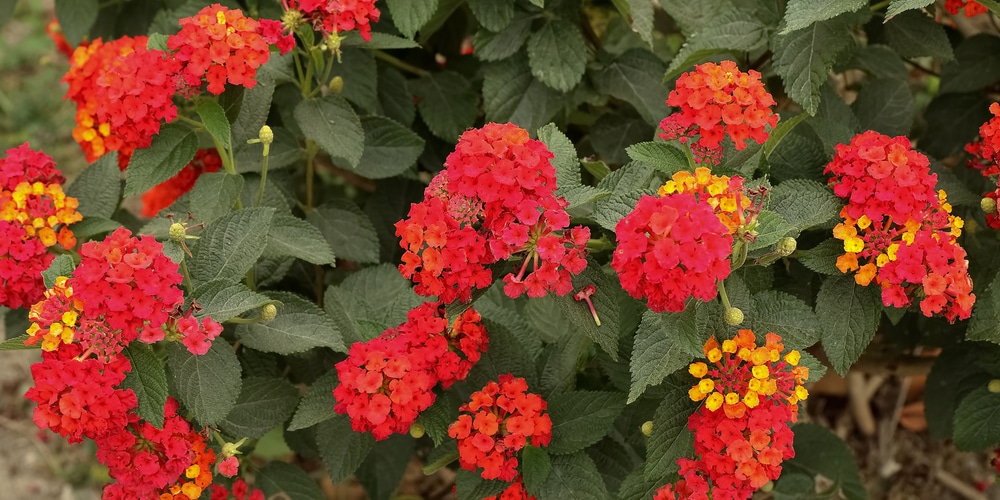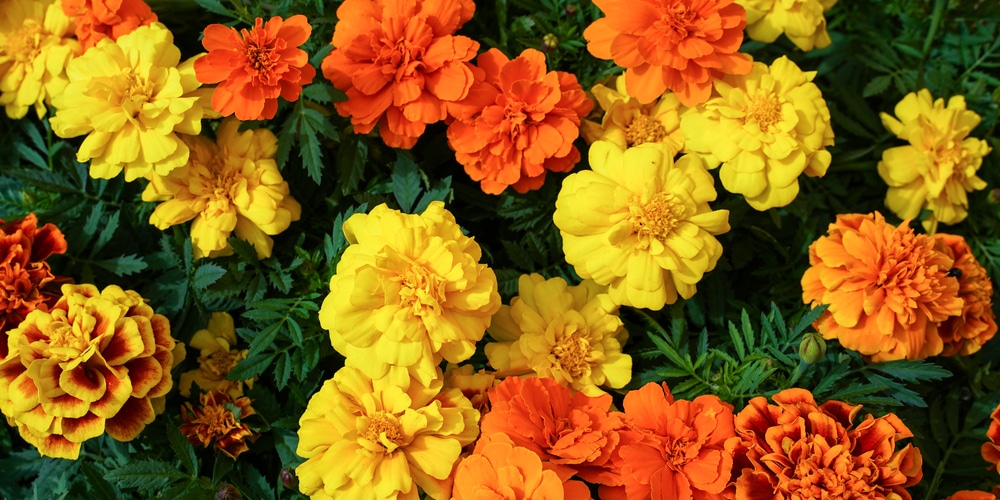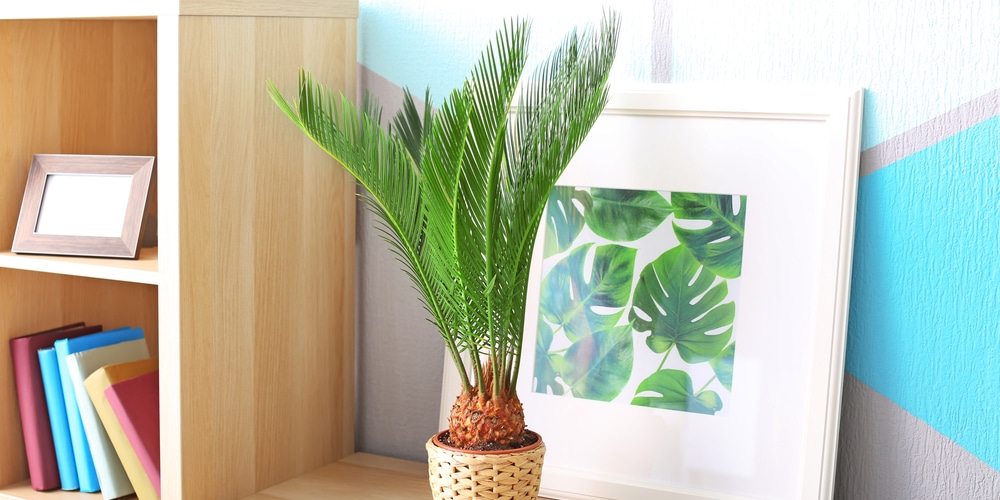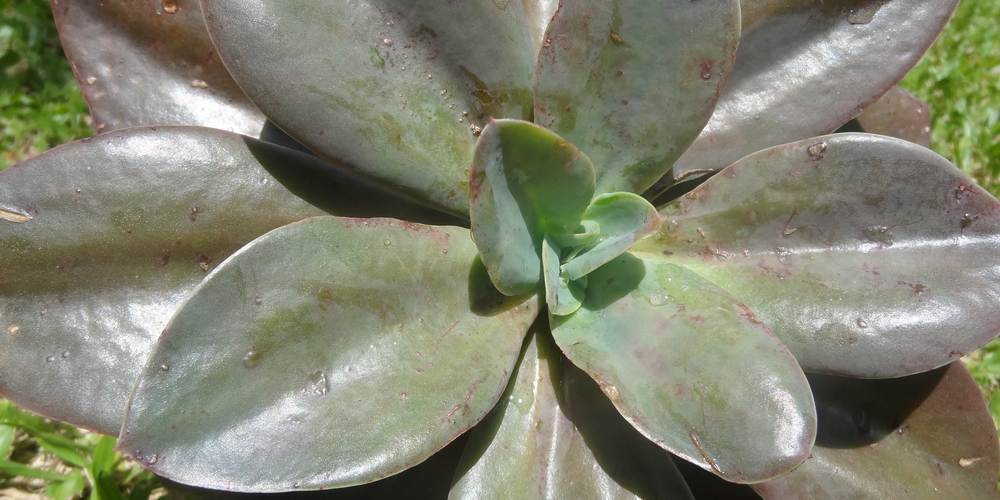Are you looking for plants that do well in containers and can withstand a bit of neglect on hot days? If the answer is yes, then you should consider growing these 7 drought tolerant container plants.
Drought tolerant container plants
These plants grow well in warmer climates and can even cope with a drought.
Lantana
Lantanas rank among the top of the toughest and most drought tolerant plants you can bring to your home. Not only do they thrive in parched conditions and dry environments, but lantanas also seem to produce more multi-colored blooms when they’re neglected. They also don’t mind being grown in a pot, or hanging from a basket.
Watering is only needed once a week or even less depending on the climate. Give your lantanas access to full sunlight and well-drained soil and the plant will add color to your landscape for a long, long time.
Rosemary

A favorite herbal plant among gardeners, rosemary never disappoints when it comes to being a resilient container specimen. The herb grows as an evergreen in zones 6 to 8, but if you fall outside the range, don’t worry- you can put it in a pot and have it stay indoors.
Rosemary leaves go great in dishes, and the plant itself emits a pleasant fragrance when the foliage is disturbed. Caring for rosemary herbs is a matter of putting the plant in full or partial sun and watering once a week or so.
Marigold
If you want more blooms than leaves then the humble marigold is for you. These plants come in several varieties, but all of them prefer full sun and the heat of the summer season.
It doesn’t take too much to coax marigolds to bloom, and when they do you’ll be surprised at how many flowers they’re putting out on a daily basis.
Marigolds don’t even need a rich soil or fertilizing- they’re fine with any well-draining media and sunshine. However, these plants cannot tolerate cold conditions and are grown mostly as annuals.
Pentas
Pentas plants are very similar to marigolds and lantanas in that they tend to bloom throughout the growing season. You can choose whether to get pink, white or red star-shaped flowers that are tightly packed in clusters and spring out of the green foliage.
The best thing about pentas is that they have a container-friendly growth habit and only reach about two feet in height (or about 24 inches). Its flowers also attract butterflies in your garden.
Dwarf Sago Palm
For a dramatic statement near your front door or even inside the house, try the Dwarf Sago Palm variety. It’s like having a stout, mini palm tree without the care that comes with growing a full-sized palm species.
Cycas revoluta is a low-growing perennial shrub with long green stems and palm-like leaves jutting out the side. If you do decide to grow this drought tolerant container plant, make sure to give it a sandy and well-draining mix and position the plant where it gets bright, indirect sunlight all day. Keep the room warm and humid and you’ll have a happy and long-lived dwarf sago plant.
Portulaca
Portulaca, a.k.a. Purslanes is an ornamental garden plant that’s easy to grow. Sometimes called moss rose, this groundcover specimen is both heat and drought tolerant, which makes them very tough to kill. Portulacas prefer to get as much sun as possible and will reward you with dozens of colorful blooms atop succulent stems.
The plant can be grown in containers and are often used as hanging plants. As far as watering is concerned, you’ll only need to fetch a glass if the leaves are folding up or when the soil is bone dry. Purslanes can tolerate even dry and desert-like conditions and full sun with ease.
Succulents
Succulents come in all shapes and sizes, but they all have one thing in common- these plants can take the heat and go days without needing water.
You’ll have a good amount of freedom when you choose to grow succulents in containers. Aside from being able to select from thousands of varieties, you can dictate the leaf shape, texture, growth habit and flower color.
Succulents are widely known as ‘set and forget’ plants, which means they don’t need too much attention and will do just fine as long as they’re in the right environment.




